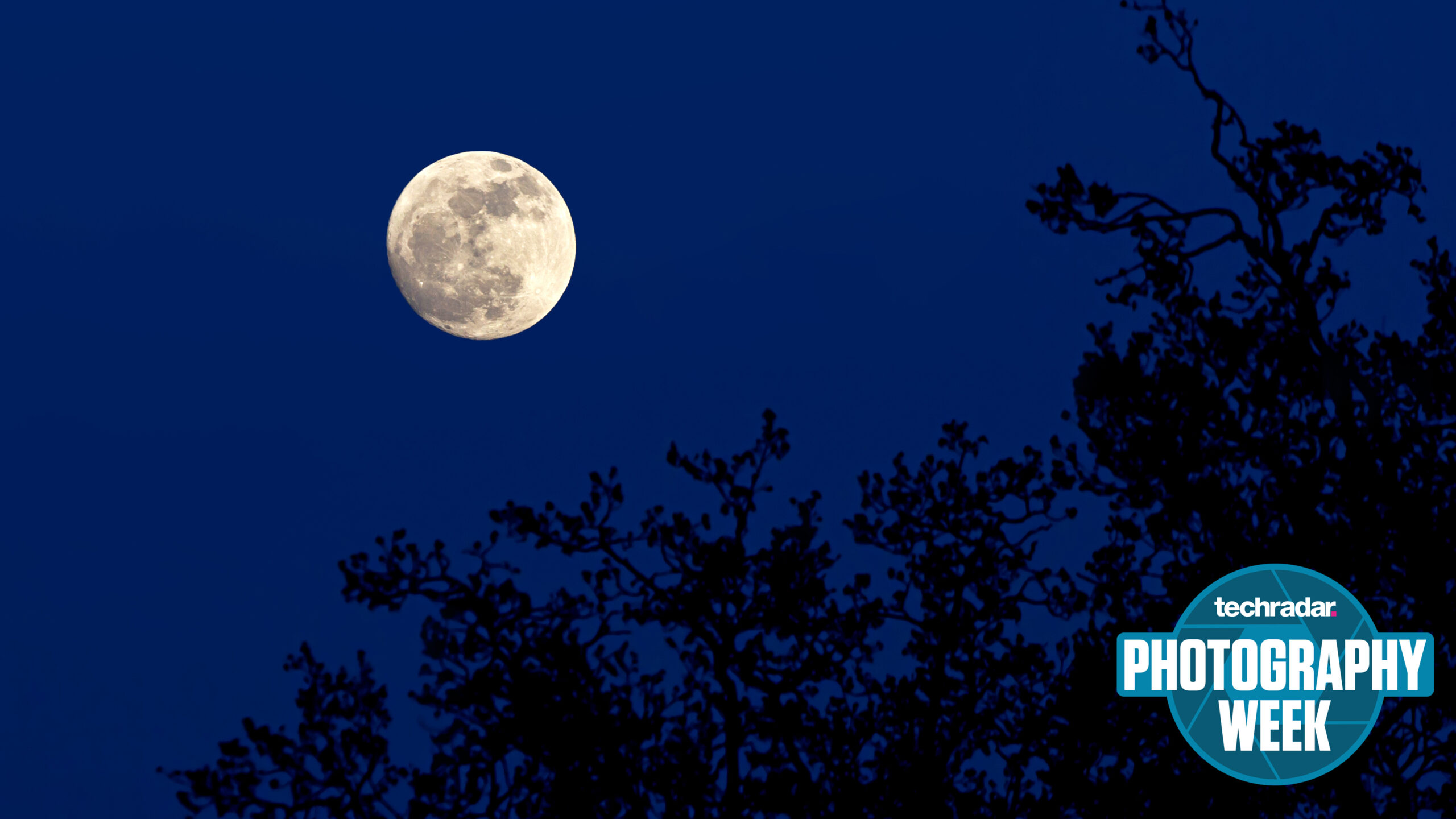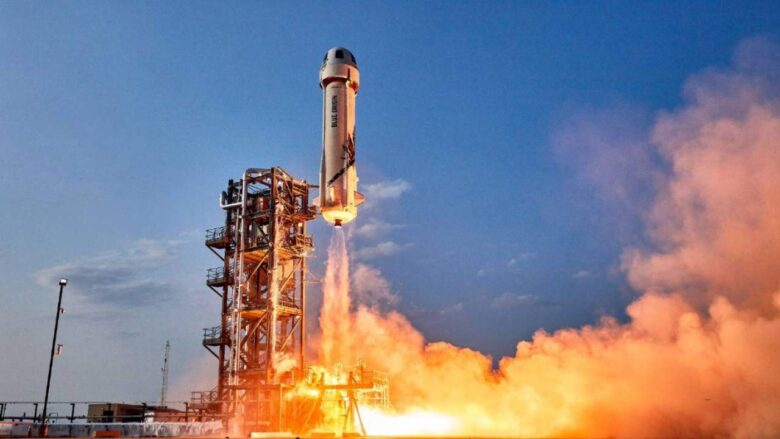
Are you ready to capture a rare ‘blue moon’ with two giant planets, then your own galaxy at home?
Both astrophotography and night escape photography have increased in recent years, since camera sensors have become more sensitive and better to produce long exposure images without noise using high isos. The pandemic has also caused an increase of interest in the night sky, with sales of telescopes that shoot.
There is something interesting to photograph in the sky every night, but the weekend from August 21 to 22, in particular, will have photographers in force if the heavens are clear. The following week, or this happens to be the beginning of one of the best periods of 10 nights to capture our Galaxy of the Milky Way, also through Heaven.
Here is all you need to know about when and how to photograph a ‘blue moon’ by itself, along with Saturn and Jupiter, as well as the Milky Way in the next nights and weeks.
- A ‘blue moon’ that gets up
When: Dusk on Saturday, August 21 and Sunday, August 22, 2021.
Where to look at: southeast at sunset, southwest at sunrise
In precisely 12:02 UTC on Sunday, August 22 (that’s 8:02 AM EDT / 1:02 pm BST / 10.02pm AEst), the moon will be fully illuminated by the sun. There is a full moon every 29 days, but that means, occasionally, there are four in the same season. This happens this summer, with the third (after the ‘strawberry moon’ and the ‘Moon of Buck Moon’ of July) Traditionally called ‘Blue Luna’.
So, in reality it will not be blue? No! That would require a great volcano had recently exploited and the atmosphere will be filled with fine ash, as in 1883, but if it accurately traps it the right time, instead it will be a beautiful orange off.
That moment is, of course, the moment of the moon, and this month there are two opportunities to catch it; Sunset on Saturday, August 21 and again on Sunday, August 22. Check the exact schedules of the moon exit for your location, but have it just after sunset on Saturday and about half an hour after sunset on Sunday.
Get in a position before the time and configure a tripod and a camera in manual mode with a telephy lens of 70-300 mm. In that way, you will get the full moon rising up in a shot behind, up or between trees, buildings or roofs. Lookout for Orange Moonlight is made visible on the horizon just before it appears, or use the AR mode overlay of the photopill application to see exactly where it will rise in its environment.
Use ISO 200, an F / 5.6 opening and the shutter speed of 1/250 sec as a starting point. Focus manually, take some test jacks, then modify the opening and shutter speed, so get the correct exposure. The next ‘Luna Blue Moon’ is not until August 19, 2024, but this weekend also has a nice bonus …
- A ‘Blue Moon’ next to two giant planets.
When: Friday, August 20 and Saturday, August 21.
Where to look at: Southeast, just above the ‘blue moon’.
Look at the southeast after the dark at any time this month and you will see that both Saturn and Jupiter shine brightly. Both planets are in ‘opposition’ in August, which is when the land is between them and the sun.
Commercial
That is exactly the same situation as the full moon, except that it only happens once a year for the planets. When a planet is close to the opposition, it rises at sunset and is established at dawn, it is bigger and brighter than at any other time of the year, and your album is fully illuminated.
At sunset on Friday, August 20, the almost complete ‘blue moon’ will be visible only four degrees under Saturn. It could be said that the most detained and more easily photographed event occurs, the next night when the “blue moon” will have moved to be only four degrees to the lower right part of Jupiter. That’s because Jupiter is approximately 10 times brighter than Saturn.
However, the best take, will be taken on Saturday, August 21; Sleep slightly and you can get a brilliant Jupiter along with the ‘Luna Blue Moon’, although you may have to wait until the Moon has increased slightly over the horizon before the planet becomes easily visible.
- The best Milky Way window this year.
When: 90 minutes after sunset.
Where to look at: South
While the moon is brilliant enough to be photographed from anywhere on earth, that is not true of the collective light of the 400 billion other stars in our galaxy, the Milky Way. Its luminous center is only easily visible from May to October, and more easily photographed during August and September, when it is conveniently placed directly after nightfall.
So, it’s ‘galaxy season’ at this time! Imaging our bow of our galaxy through the night sky is not technically difficult, but it should be under a dark sky of light pollution, and that includes the full moon.
Wait until Tuesday, August 31st and have dark and moon night skies until midnight; The moon will come out a little later every night to improve even better the next week.
How to photograph the Milky Way
With a DSLR camera or without mirror on a tripod, use as a wide angle a lens having (14 mm or 16 mm is ideal) and configure your camera to record raw images. Manually focus your lens by pointing the dial to infinity (∞) and pointing it to the south.
As a general rule, you want to use a high ISO (ISO 800 for crop sensor chambers, ISO 3200 or higher for full frame), open the opening as much as possible (say, f / 2.8 or as low as it is going on its lens ) and use a shutter speed of about 20-25 seconds. A sealing release cable is also really useful to reduce the beaten and blur.
Commercial
Do not be surprised if you do not see anything in the previewed images on the LCD screen of your camera, because magic comes in postprocessing when you modify parameters as contrast, exposure, clarity and luminance to make the galactic center suddenly repair. .
However, you can review your camera is at least collect the Milky Way while it is outside by increasing the ISO to a horrible number high and taking a trial shot (but remember to return it later).



